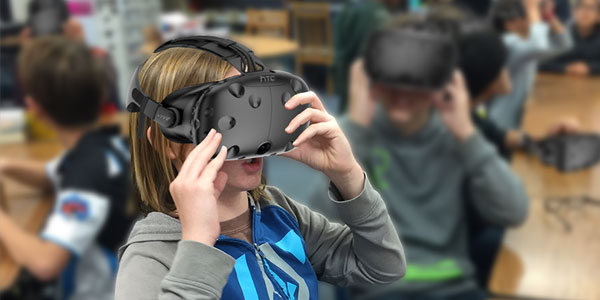



Students, especially digital natives of today (generations that grew up with technologies) do not draw the clear line between face-to-face interaction and connecting with their network over gadgets on social media.
How does this apply to integrating VR into our schools and learning communities?
Certainly, content and experiences produced in Virtual Reality bring people together in more engaging and deeply personalized ways. Thanks to this context teachers and students may interact properly regardless if they are both in the same room or miles apart.